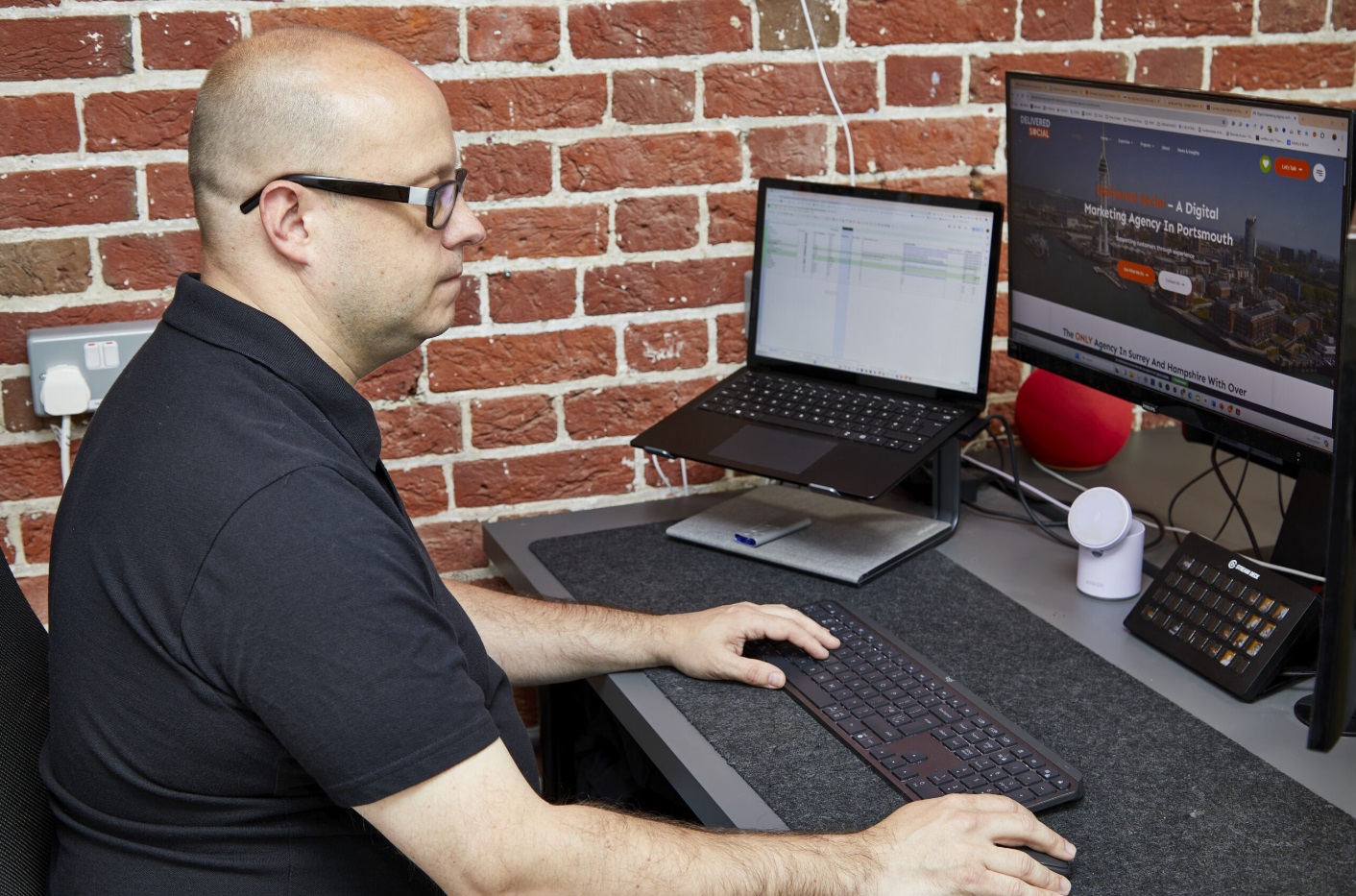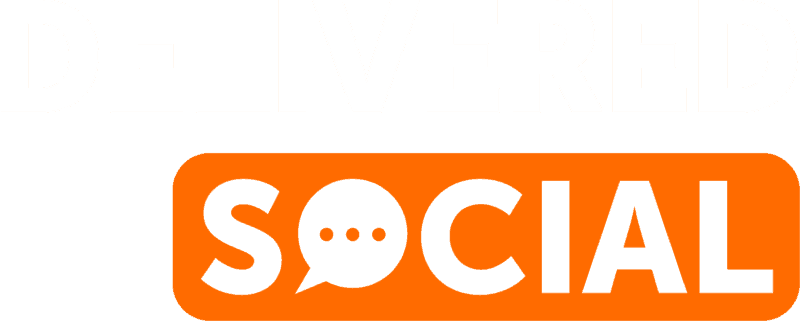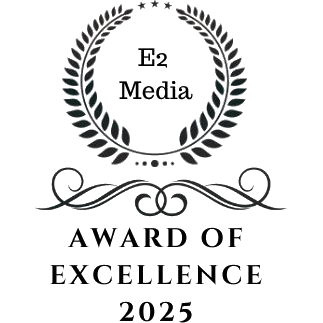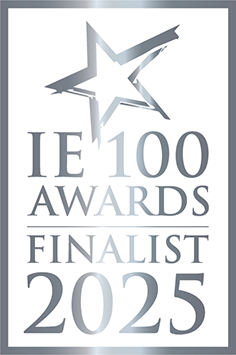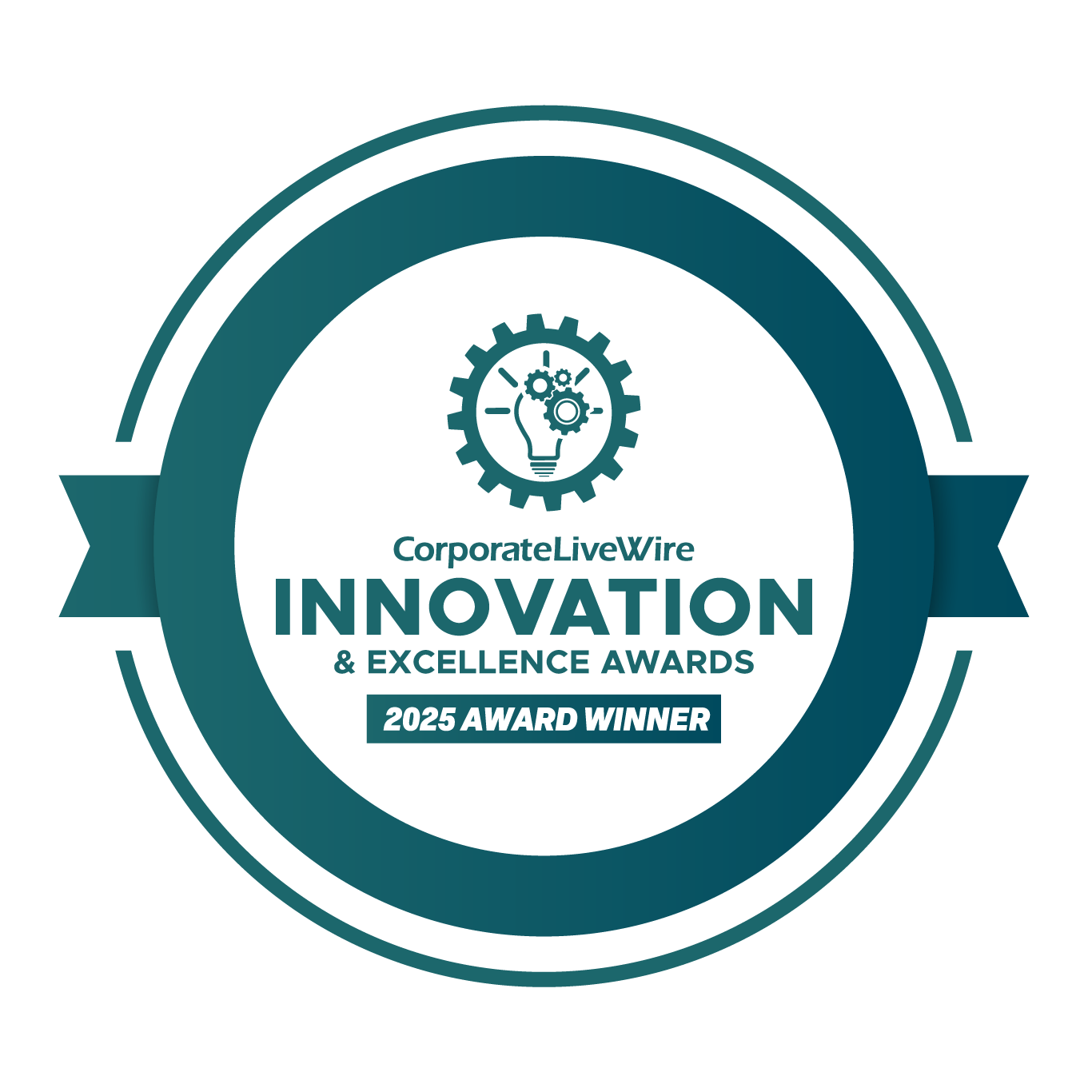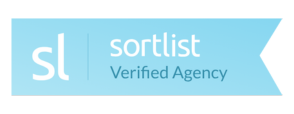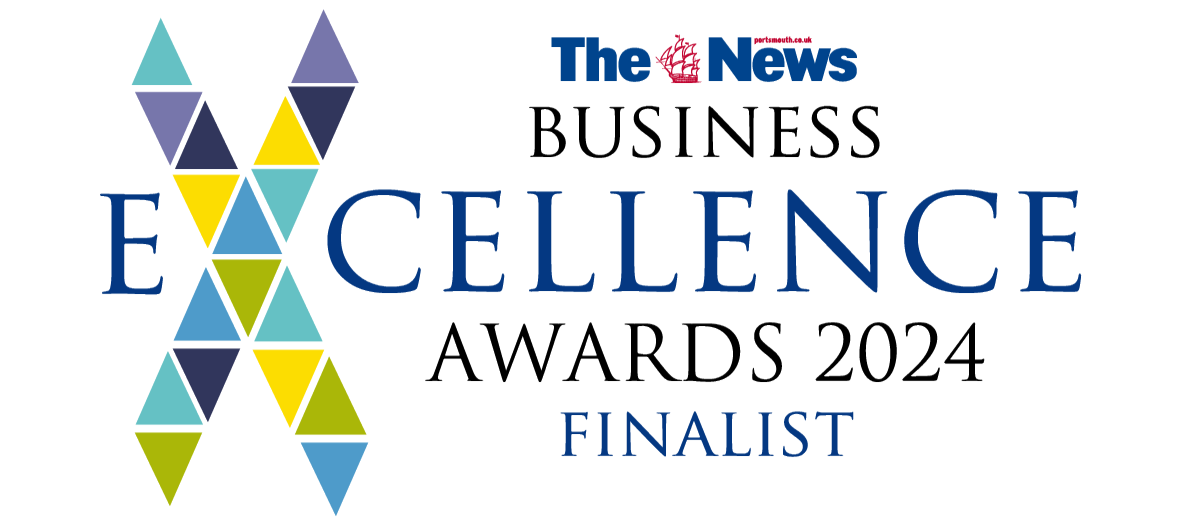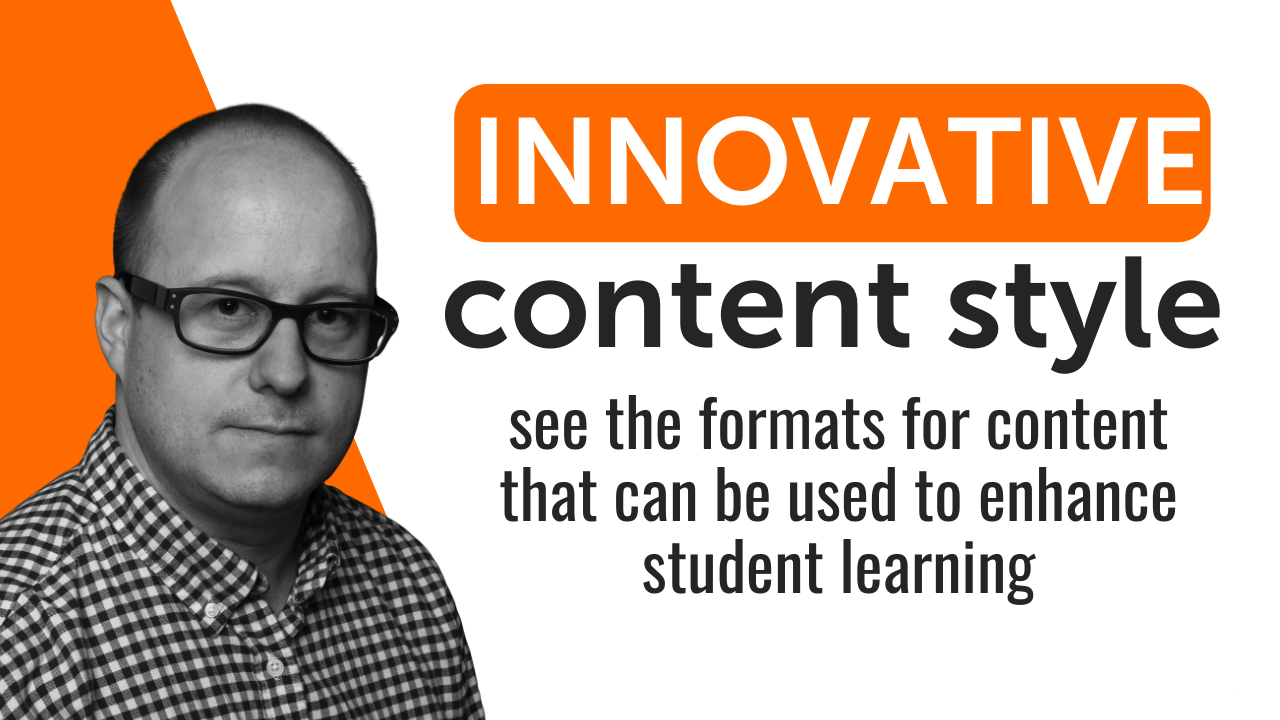
Content exists in various forms, each designed to educate, inform, or inspire learners. Whether it’s blogging for audience engagement, designing microlearning modules, creating videos, or crafting podcasts, educators use various approaches to meet students’ diverse needs. The ultimate goal? To make the knowledge-building process accessible, creative, and tailored to individual preferences.
In the modern classroom, students often prefer flexible, engaging formats over traditional textbooks and lectures. Creative educational content can make learning more engaging, encouraging active participation and deeper comprehension.
Podcasts: Learning On The Go
Podcasts have become a powerful educational tool due to their flexibility and convenience. Students can absorb information while commuting, exercising, or relaxing at home.
According to a 2023 survey by Edison Research, over 60% of people aged 12-34 listen to podcasts monthly, highlighting their growing popularity among younger audiences. This accessibility makes them one of the most engaging content formats today.
Additionally, services like the best paper writing services offer valuable resources for crafting essays and completing assignments with expert guidance. These resources, combined with tools like podcasts, ensure that students have a variety of options to support their academic success.
When creating educational podcasts, specificity is key. For instance, a biology series might explore topics like genetic engineering or climate change in bite-sized episodes, enabling students to focus on a single concept at a time. Podcasts can also feature expert interviews or real-life case studies, making complex topics easier to grasp.
A pro tip for educators: Provide transcripts or supplementary materials alongside episodes to enhance accessibility and cater to students with different preferences.
Interactive Videos: Hands-On Learning
Interactive videos engage students, enhancing their information retention. Unlike standard videos, these dynamic tools include decision points where viewers make choices that shape the content, they see next.
For example, imagine a history video about World War II. Students could choose different scenarios, such as analysing the perspectives of soldiers, civilians, or political leaders. Their decisions would lead them to tailored content that deepens their understanding of the topic.
One innovative platform that supports this approach is Edpuzzle, which allows educators to embed questions and track student progress. According to the Journal of Educational Technology, interactive videos can increase information retention rates by up to 25% compared to traditional videos.
To create an impactful interactive video, educators should focus on scenarios that mirror real-world situations. For instance, a business course could simulate management challenges, where students must decide how to resolve team conflicts or allocate resources effectively.

Gamified Learning: Turning Lessons Into Adventures
Gamification integrates elements of play into learning, transforming mundane lessons into exciting challenges. This method introduces interactive web content, such as leaderboards, badges, and points, to motivate students and encourage collaboration.
For example, Duolingo’s gamified language app rewards users with streaks and gems for completing lessons. Similarly, a math teacher might design a competition where students solve problems to “unlock” levels or earn rewards.
Gamification doesn’t just make the process fun—it fosters collaboration and critical thinking. Group challenges, where students work together to achieve a common goal, teach teamwork while reinforcing course material. A study by the International Journal of Educational Research found that gamified learning boosts motivation and engagement by nearly 30% compared to traditional teaching methods.
To ensure success, tie the game closely to learning objectives. For example, in a geography lesson, students could “travel” the world by answering questions about different countries. This method ensures they remain focused on the educational purpose while enjoying the competitive element.
Quizzes And Assessments: Active Knowledge Testing
Quizzes are a cornerstone of interactive web content. They encourage students to apply what they’ve learned, test their understanding, and identify areas for improvement.
These tools include multiple-choice, true/false, and open-ended questions. For instance, a science quiz might ask to identify the parts of a cell using an interactive diagram. Alternatively, a literature class could use a fill-in-the-blank activity to test comprehension of a novel.
Quizzes are particularly effective for reinforcing knowledge. For example, offering assessments midway through a course ensures students review and retain key concepts. Additionally, adaptive quizzes—which adjust difficulty based on a student’s performance—can provide a more personalised learning experience.
Research by the American Psychological Association shows that frequent quizzes can improve long-term retention by as much as 50%. Educators can enhance the impact by providing instant feedback, helping students learn from mistakes, and refining their understanding.

Microlearning Modules: Bite-Sized Brilliance
Microlearning is one of the most effective and engaging content formats for education, catering to today’s fast-paced world. This method delivers short, focused lessons that target specific topics, making it ideal for students with limited attention spans.
Take Coursera’s bite-sized courses, for example. These modules break down complex subjects like data science into digestible, 10-minute lessons. Visual aids, such as infographics and mind maps, further enhance comprehension by simplifying intricate ideas into clear, memorable visuals.
Flashcards are another excellent tool for microlearning. A language teacher might create a deck to help students memorise vocabulary before an exam. By enabling quick reviews, flashcards reinforce learning and ensure information is fresh in minds.
To maximise the benefits of microlearning, educators should focus on clarity and conciseness. Every module should have a clear objective, whether it’s explaining a scientific process or demonstrating a software feature.
Wrapping Up
Innovative content formats are reshaping education, making learning more dynamic, flexible, and enjoyable for students. From podcasts to gamified experiences, these approaches cater to diverse preferences and styles, ensuring every student finds a format that works for them.
By incorporating interactive videos, quizzes, and microlearning modules into their teaching strategies, educators can go beyond simply sharing information. They can create immersive, meaningful experiences that inspire students to explore, question, and apply their knowledge in the real world.
Interested In Working Together?
Introducing Delivered Social. We’re The Most-Rated Digital Agency In Surrey & Hampshire – We’ve Got To Be Doing Something Right.
Delivered Social is a digital marketing agency with one mission—to help businesses grow. We’re famous in Guildford and Portsmouth for our social clinics. We believe in free advice. We build lasting relationships because our team prides itself on being helpful, which our clients appreciate.
If you are looking for a new website or an agency to manage your social media presence, we can help.
If you need something slightly different, here's a super handy list of all our services, or you can always email us.


